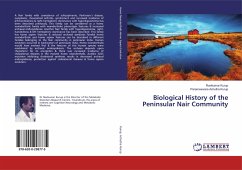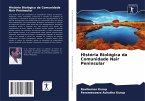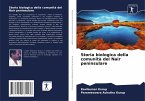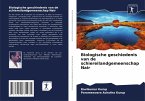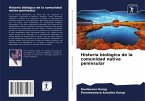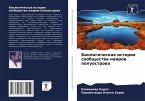A Nair family with coexistence of schizophrenia, Parkinson's disease, neoplasms, rheumatoid arthritis, syndrome-X and increased incidence of left-handedness & right hemispheric dominance with hyperdigoxinemia has been described previously. This family can be considered as a homo neanderthalic family with neanderthalic phenotypic features & increased archaeal endosymbiosis. Another Nair family with hypodigoxinemia, right-handedness & left hemispheric dominance has been described. This family has homo sapien features & reduced archaeal symbiosis. Familial homo neanderthalic and homo sapien features can be described in different families belonging to the Nair community in peninsular India. Human evolution occurred in backwaters of peninsular India. Homo neanderthalis would have evolved first & the features of this human species were modulated by archaeal endosymbiosis. The archaea depends upon cholesterol for its energetics & there was increased incidence of civilizational diseases in the evolved homo neanderthalis. Autistic SLOS mutation inhibiting cholesterol synthesis results in decreased archaeal endosymbiosis, protection against civilizational diseases & homo sapien evolution.
Bitte wählen Sie Ihr Anliegen aus.
Rechnungen
Retourenschein anfordern
Bestellstatus
Storno

